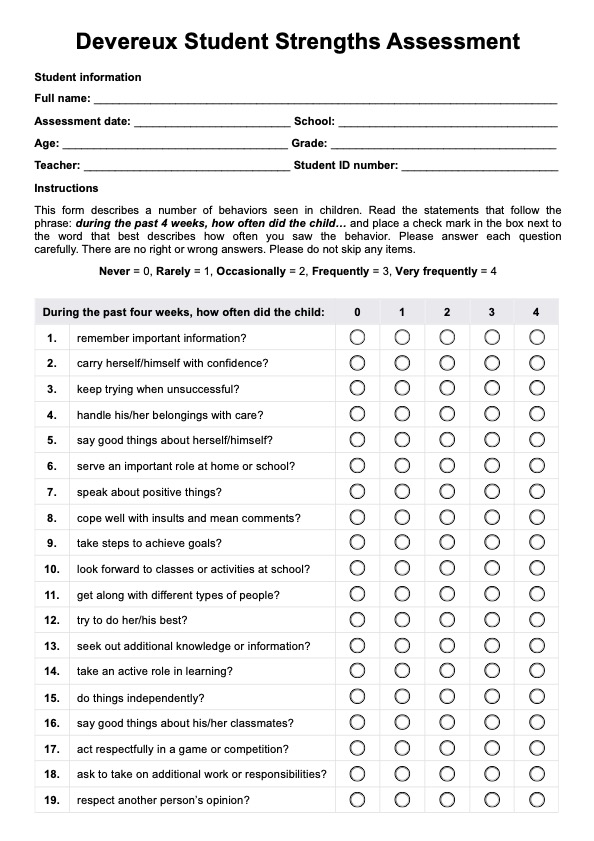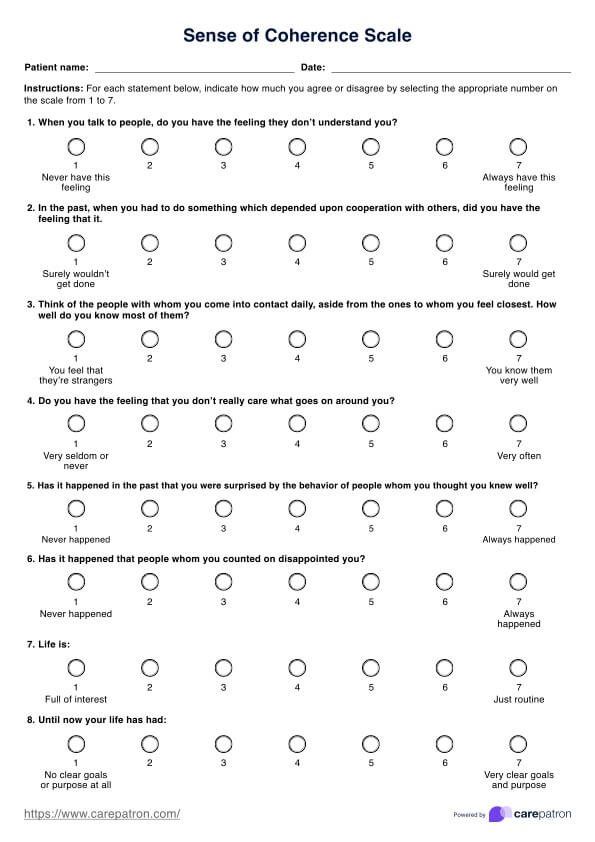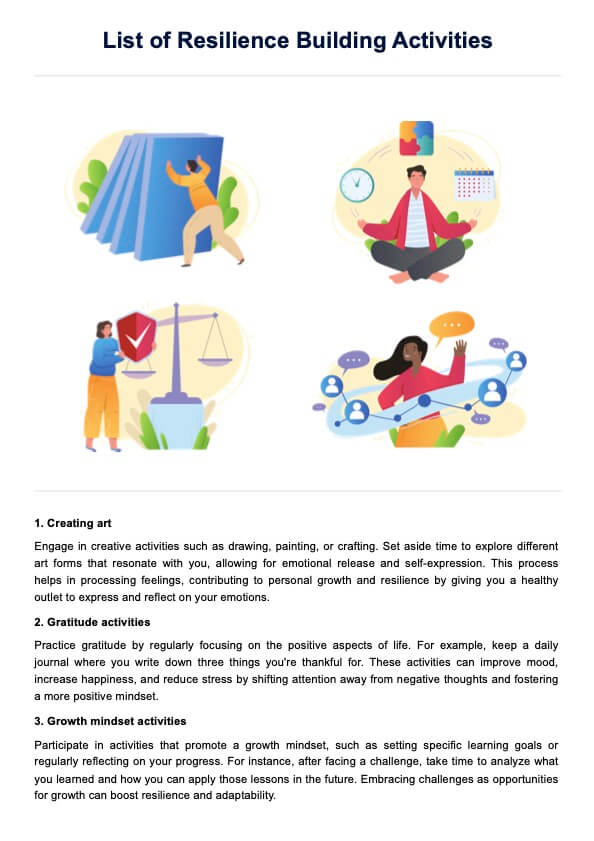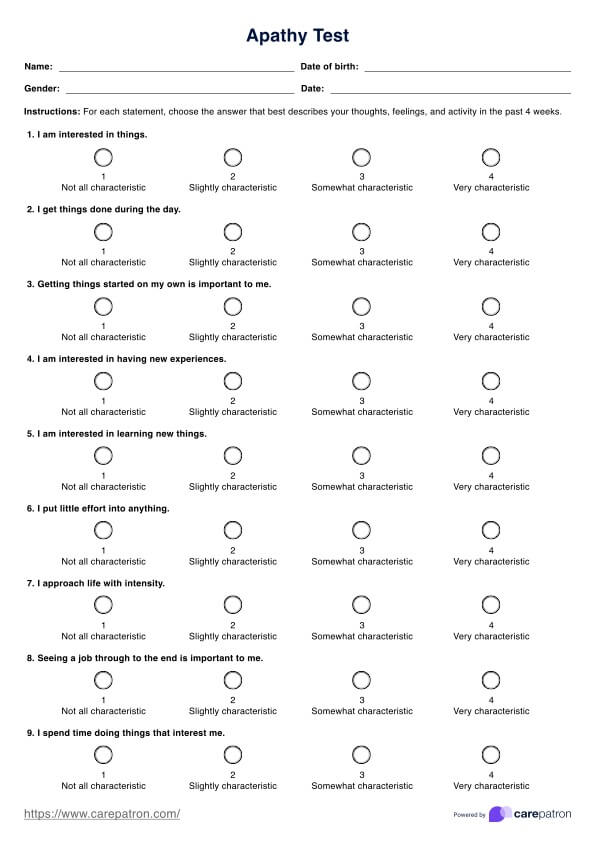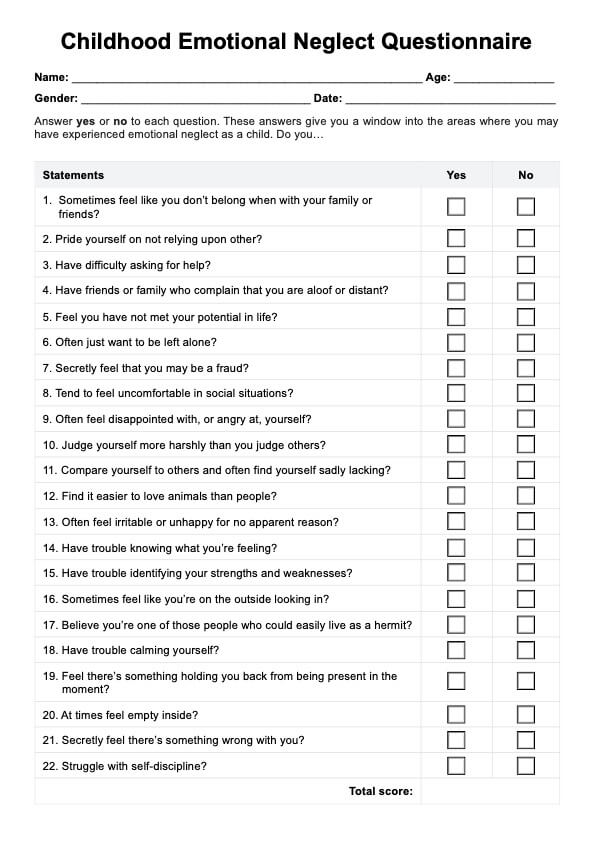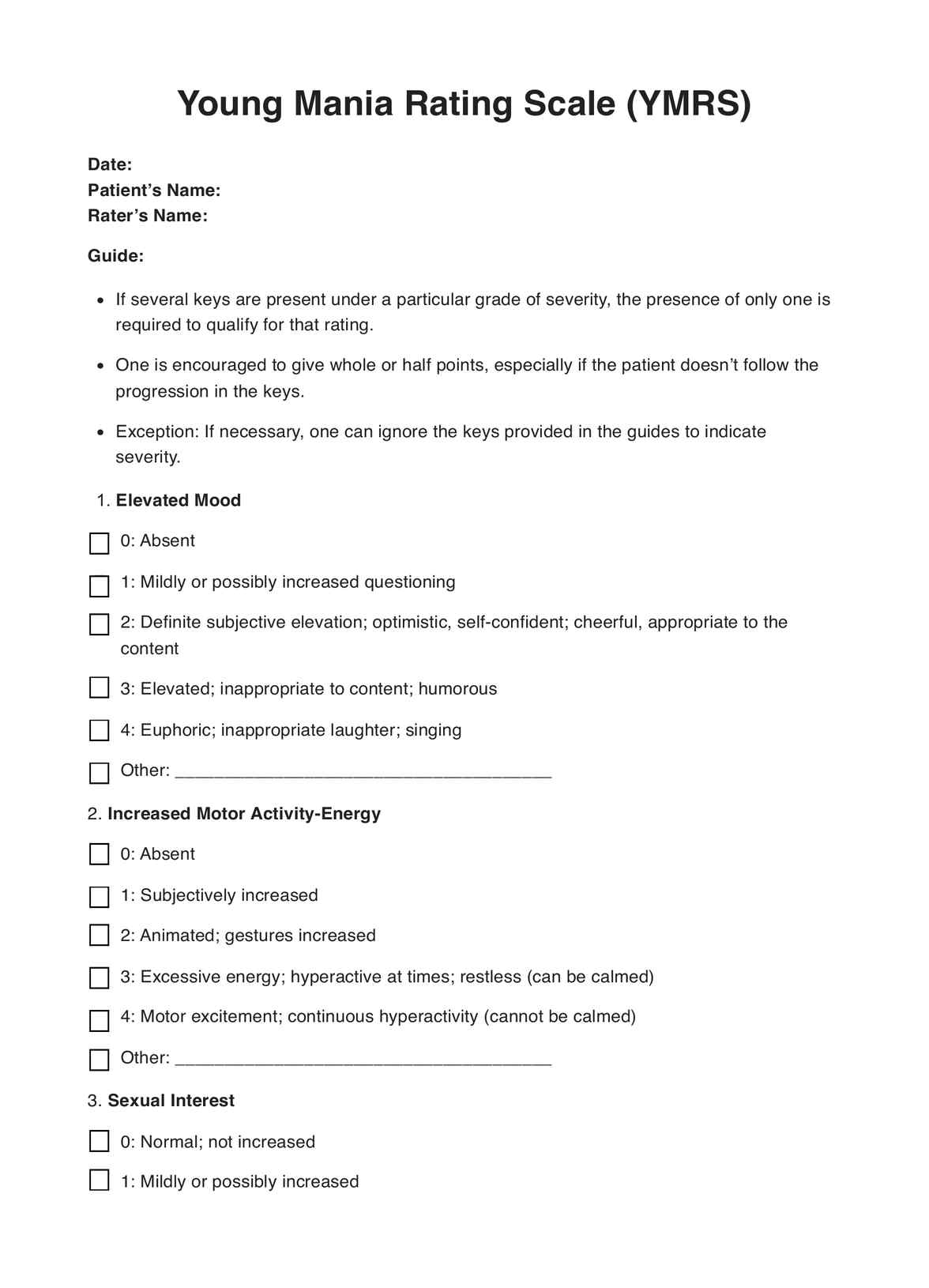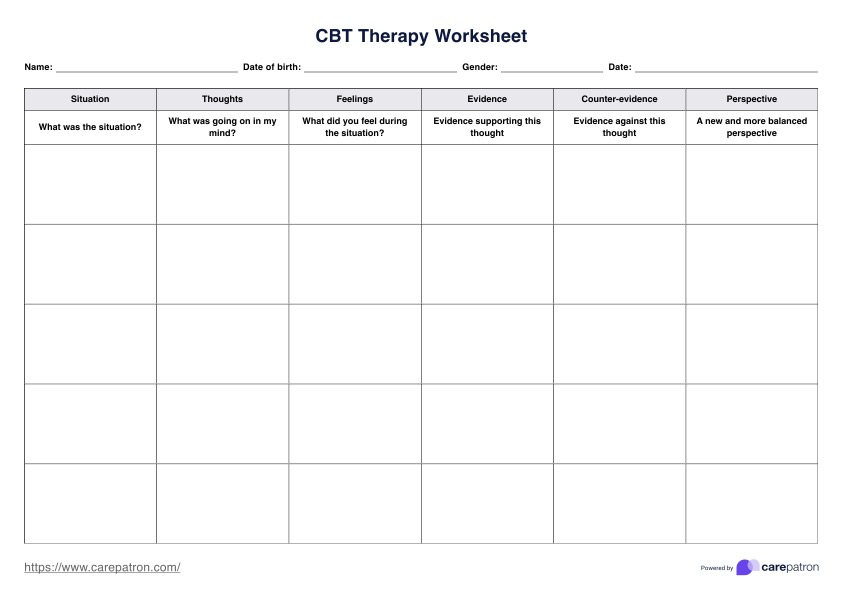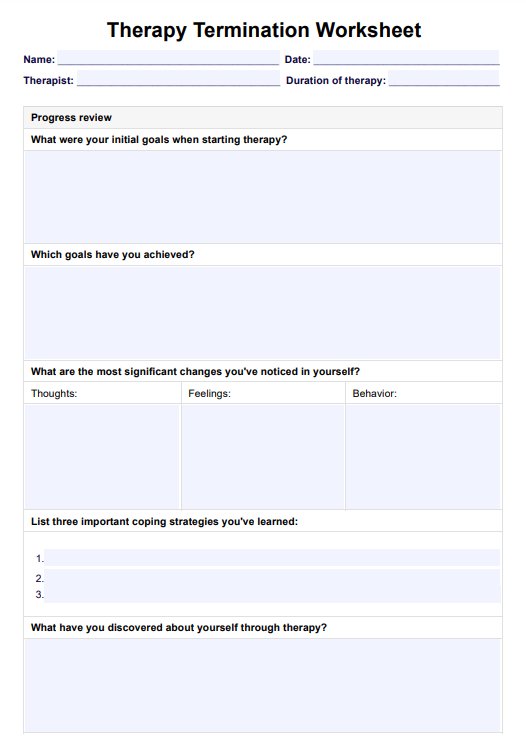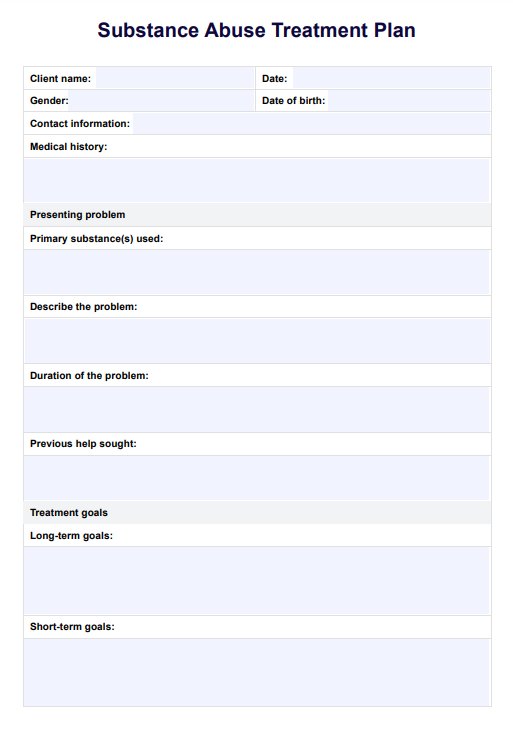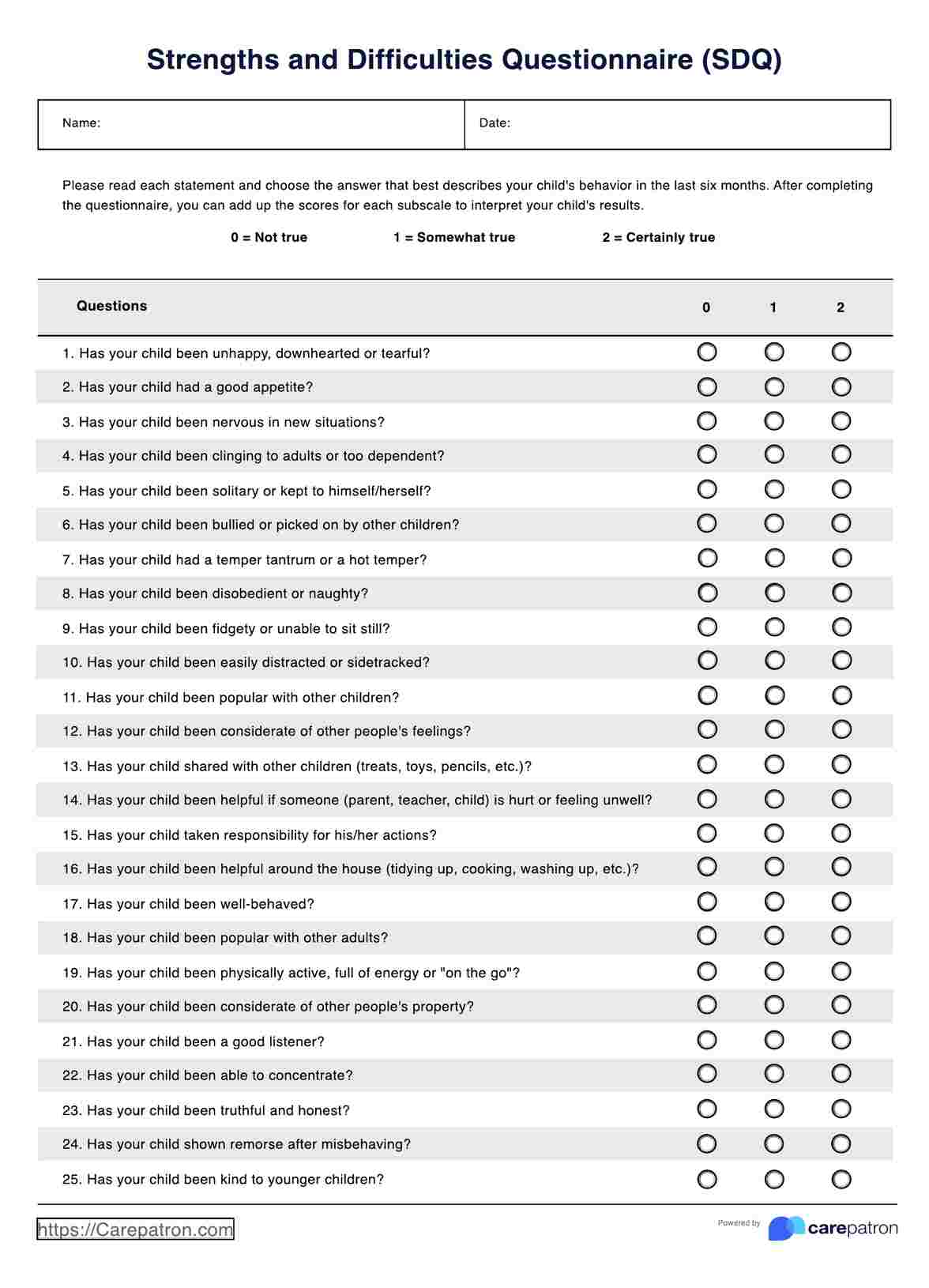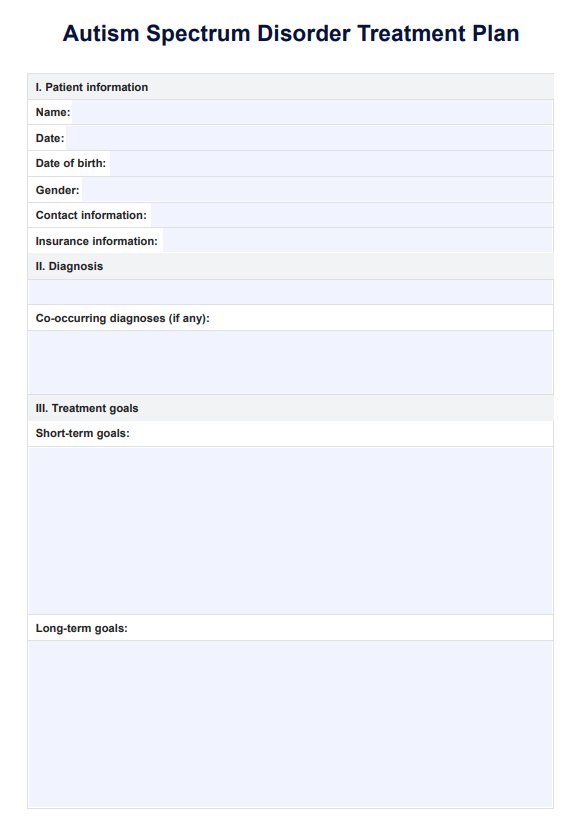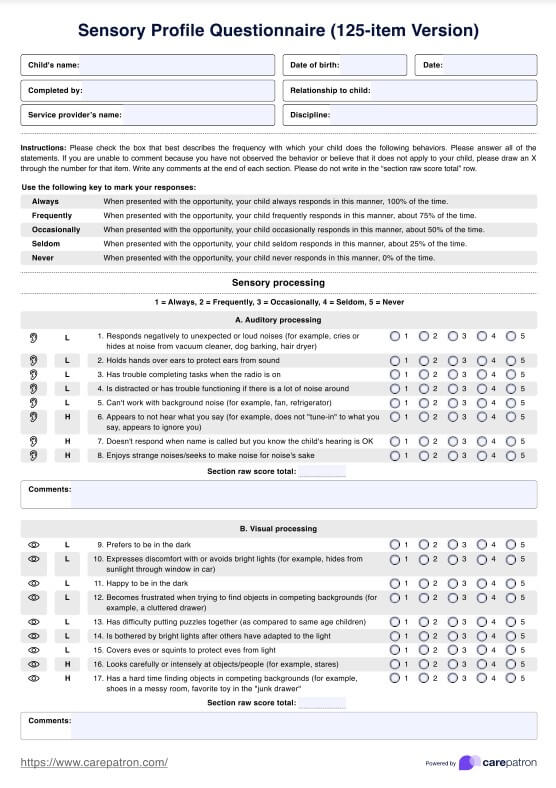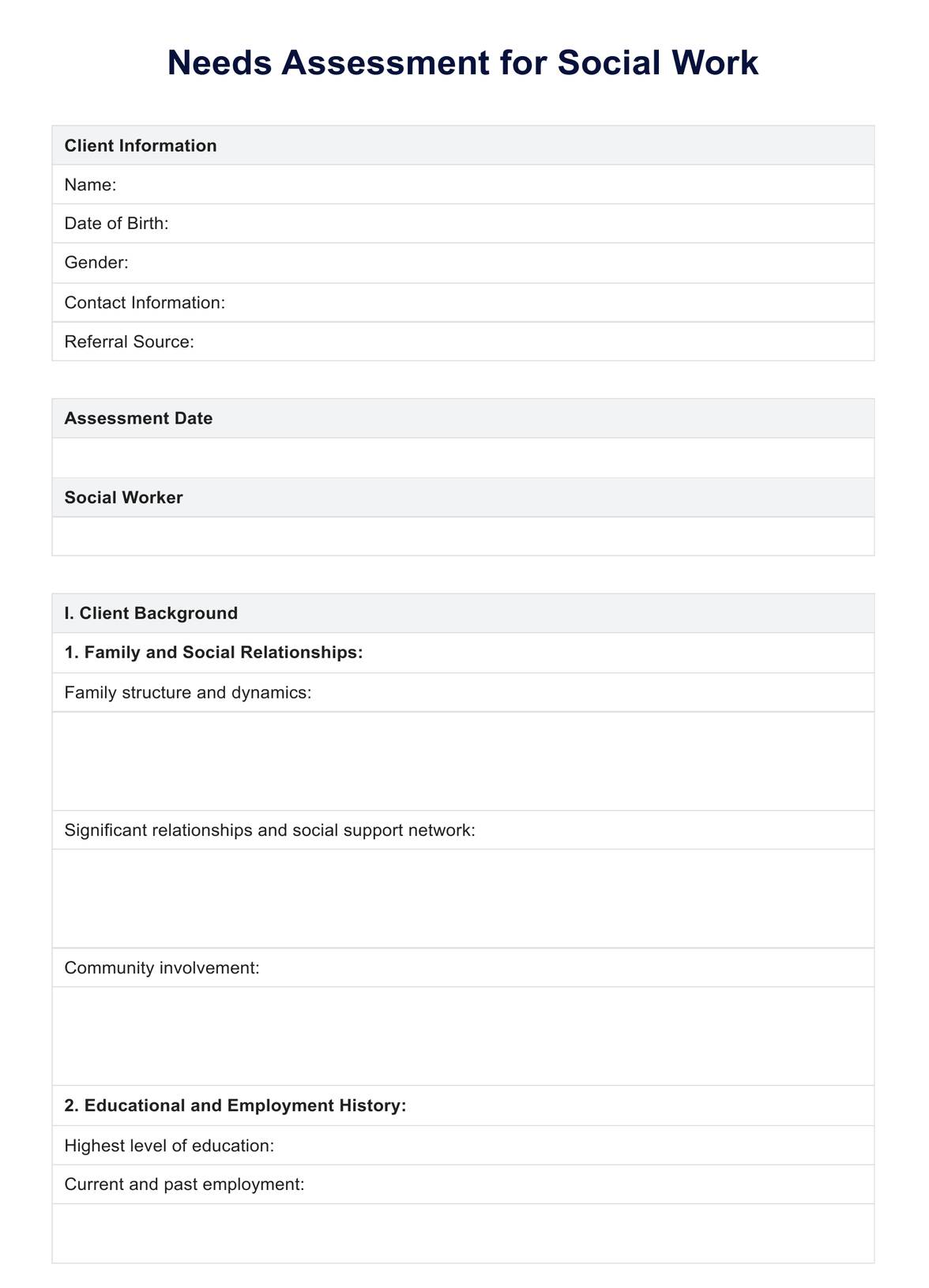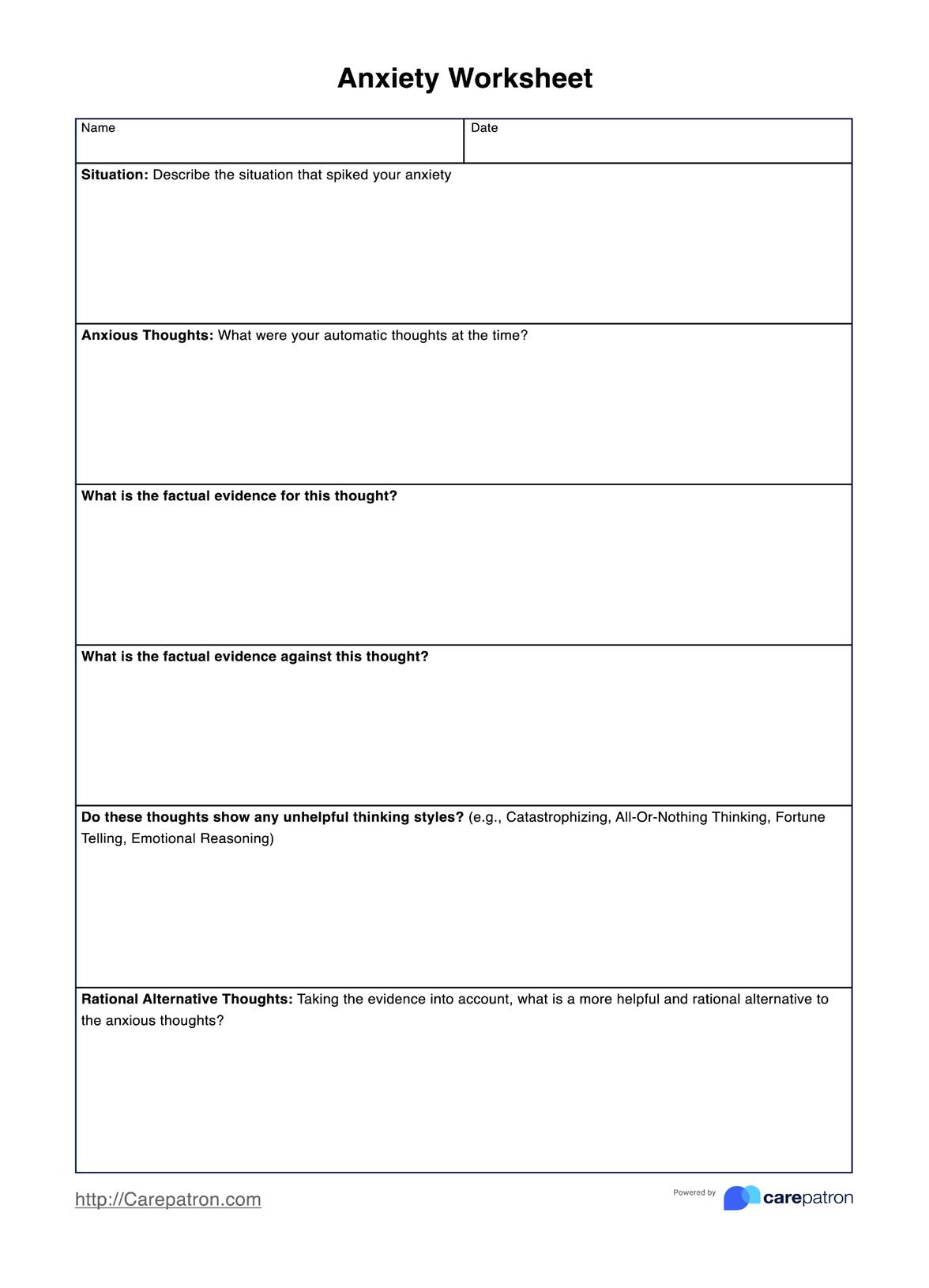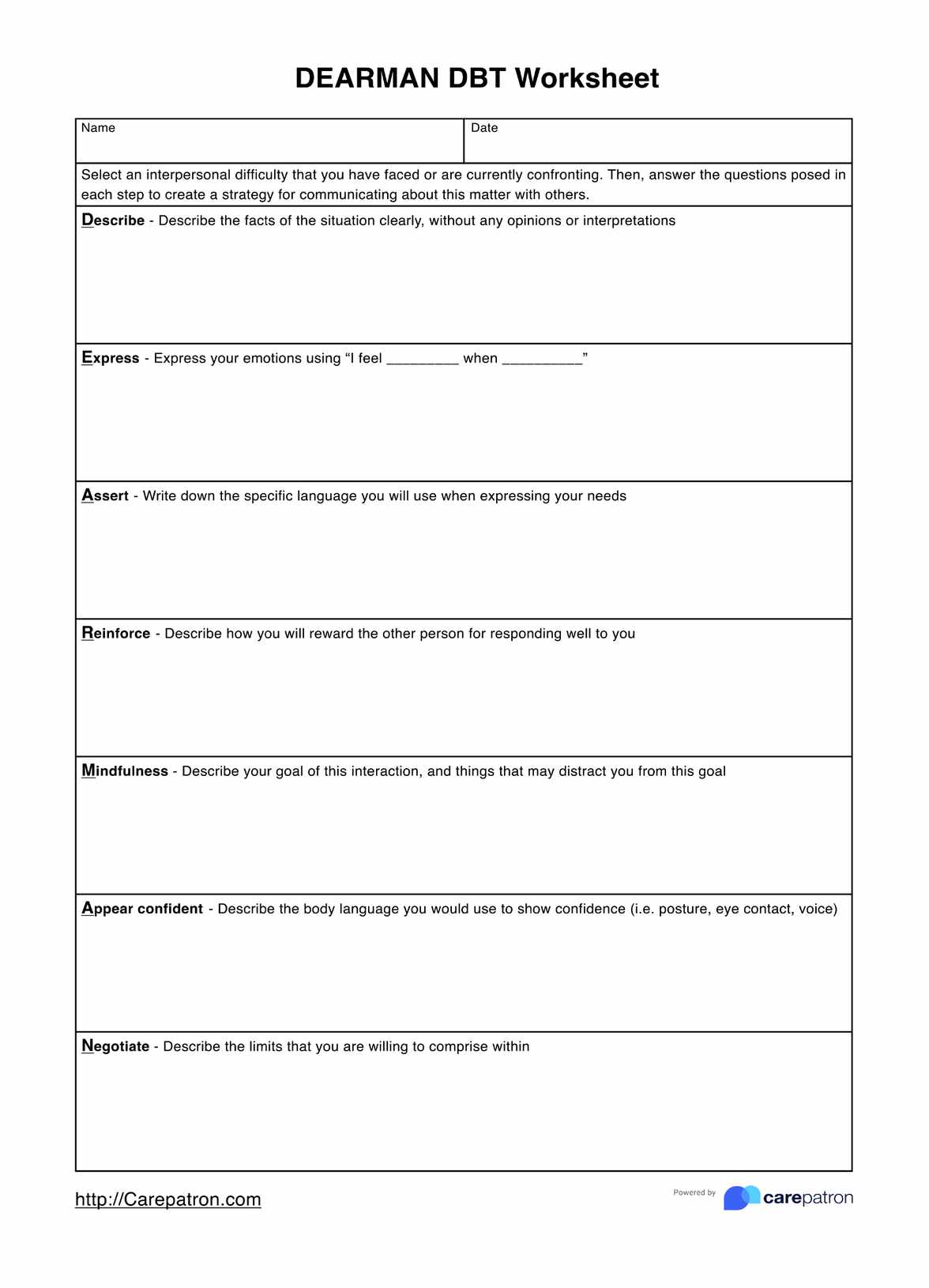Scarf Test
Learn about the Scarf Test and get a free PDF and example. Discover how to use this exam to assess your patient's shoulder condition.


What is a Scarf Test?
Shoulder stability is crucial for the proper functioning and movement of the arm. It is facilitated by a close collaboration between the bones, muscles, and ligaments that comprise the shoulder joint. A stable shoulder enables a wide range of motion, from lifting and pushing objects to rotating the arm in various directions. However, instability may occur due to injury, overuse, or inherent weakness, resulting in discomfort or reduced mobility.
Clinical tests such as the can help healthcare professionals evaluate shoulder stability, which can indicate potential injuries that may compromise the joint. To perform the test, the patient stands upright and places their arm across their chest. The healthcare provider then applies gentle pressure to the elbow while asking the patient to resist. If the patient experiences any pain or discomfort, this indicates a possible injury in the shoulder joint.
The Scarf Test is a simple but effective diagnostic tool that can give healthcare providers insight into the stability of the shoulder joint. It is especially important to consider in cases where the patient has a history of shoulder injuries or when there are visible signs of instability, such as swelling, bruising, and pain. Note that the test should always be conducted by a qualified professional and combined with other tests and imaging for a more comprehensive diagnosis.
Scarf Test Template
Scarf Test Example
How does a Scarf Test work?
The Scarf Test provides a quick and straightforward way to assess the shoulder joint. You can use our free template to get started. Follow the steps below:
Step One: Download the free Scarf Test
Access the free worksheet through the link provided on this page or from the Carepatron app. You can also get a copy of the template from our resources library.
Step Two: Explain the exam to your patient
Ensure your patient understands how this exam helps diagnose shoulder injuries and impairments. Answer any questions they may have before proceeding.
Step Three: Conduct the exam
Use our template's instructions to perform the Scarf Test. Make sure your patient closely follows each step, and provide feedback as needed.
Step Four: Document your results
Record the examination results on the template, noting any discomfort or pain the patient experiences during the movements.
Step Five: Review the results
Review your findings, ensuring they align with the diagnosis. If any movements suggest a different condition, document it for reference.
Scarf Test Interpretation
The Scarf Test assesses shoulder joint flexibility and helps diagnose rotator cuff tears, impingement, instability, or labral tears. A positive result suggests a potential shoulder injury, warranting further testing such as imaging or manual tests to confirm the diagnosis.
It's important to note that a negative Scarf Test result does not necessarily rule out all shoulder injuries. You may need to conduct other tests and imaging for a more comprehensive diagnosis.
The Scarf Test is just one of many tools available to assess the shoulder joint and should be used alongside other testing methods. Always consider an individual's medical history when conducting any exam.
When would you use this test?
You can use this Scarf Test during physical examinations to assess shoulder joint flexibility and the effects of treatment or rehabilitation. You may also administer this test to:
Assess shoulder mobility and strength
You can use our free Scarf Test template to evaluate your patient's shoulder joint mobility and strength. You can then quickly interpret a patient's needs, analyze their range of motion and make necessary treatment decisions.
Track shoulder joint progress
It's important to track shoulder joint progress in terms of healing or rehabilitation. By monitoring your patient's results over time with our Scarf Test example, you can easily assess the effectiveness of any recovery methods and adjust treatment plans accordingly.
Assess and compare bilateral shoulder health
Often, a patient's unaffected shoulder is the best reference for what their affected shoulder's mobility and strength should ideally be. Using the Scarf Test, you can compare the two shoulders to identify any movement and strength discrepancies, helping guide specific treatment methods.
Identify early signs of degeneration
The Scarf Test can help identify early signs of shoulder joint degeneration. Regular administration of this test to individuals above 40 or those performing regular heavy lifting tasks can help identify any decrease in shoulder mobility or strength, allowing for early intervention and prevention of further deterioration.
Evaluate the shoulder after a surgery
It’s crucial to monitor the patient's recovery after surgery. You can perform the Scarf Test to assess the surgery's success and rehabilitation progress. Any deviations from expected mobility or strength can indicate complications or the need for adjustments in the rehabilitation plan.
Benefits of free Scarf Test
Our free Scarf Test offers a quick and easy way to evaluate your patients' shoulder joints. Here are some of the other advantages of using our template:
It's pre-made and quick to perform
Our template is quick and easy to use in a clinical or home setting. It's also designed to be simple enough for anyone to understand, cutting down on the need for lengthy explanations or instructions.
It provides consistent results
With the Scarf Test template, each patient can complete the same test with the same parameters, allowing for reliable and accurate comparison of their results.
It's easy to customize
You can modify the Scarf Test template to make it more suitable for certain patient needs. Whether you want to adjust the range of motion or add additional questions, all changes can be easily carried out. This makes the test perfect for any clinical setting.
It fosters patient engagement
The Scarf Test can help patients take ownership of their rehabilitation process. They can stay motivated and focused on achieving their recovery goals by actively tracking and monitoring progress over time.
Commonly asked questions
Ask your patient to place one arm across their chest. Then, apply pressure to their elbow and ask them to resist. Pain or discomfort during the test may indicate a shoulder injury.
The Scarf Test measures shoulder joint strength and stability, assessing issues like rotator cuff tears, impingement, tendinitis, and instability.
The Scarf Test reliably indicates shoulder injuries used in clinical research studies. However, it's not a standalone diagnostic tool and should be part of a complete evaluation by a medical professional.


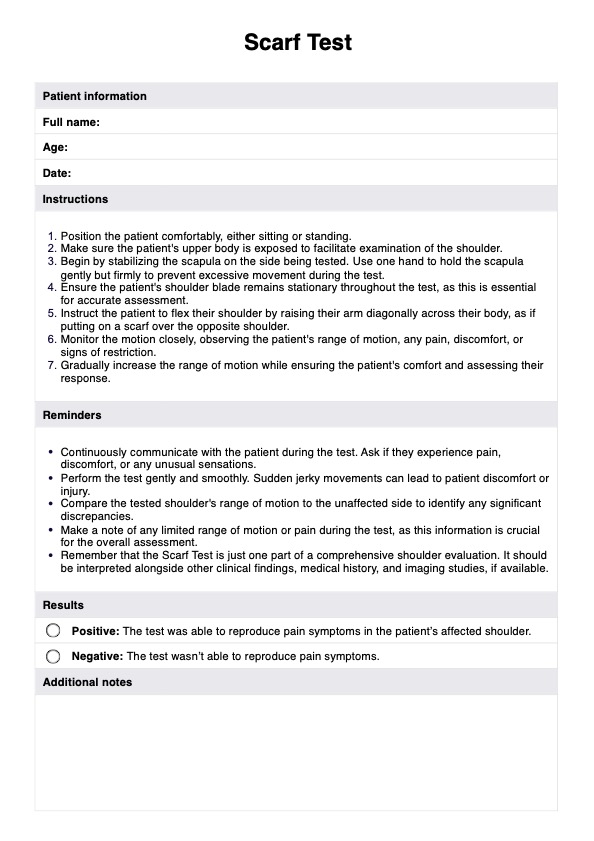
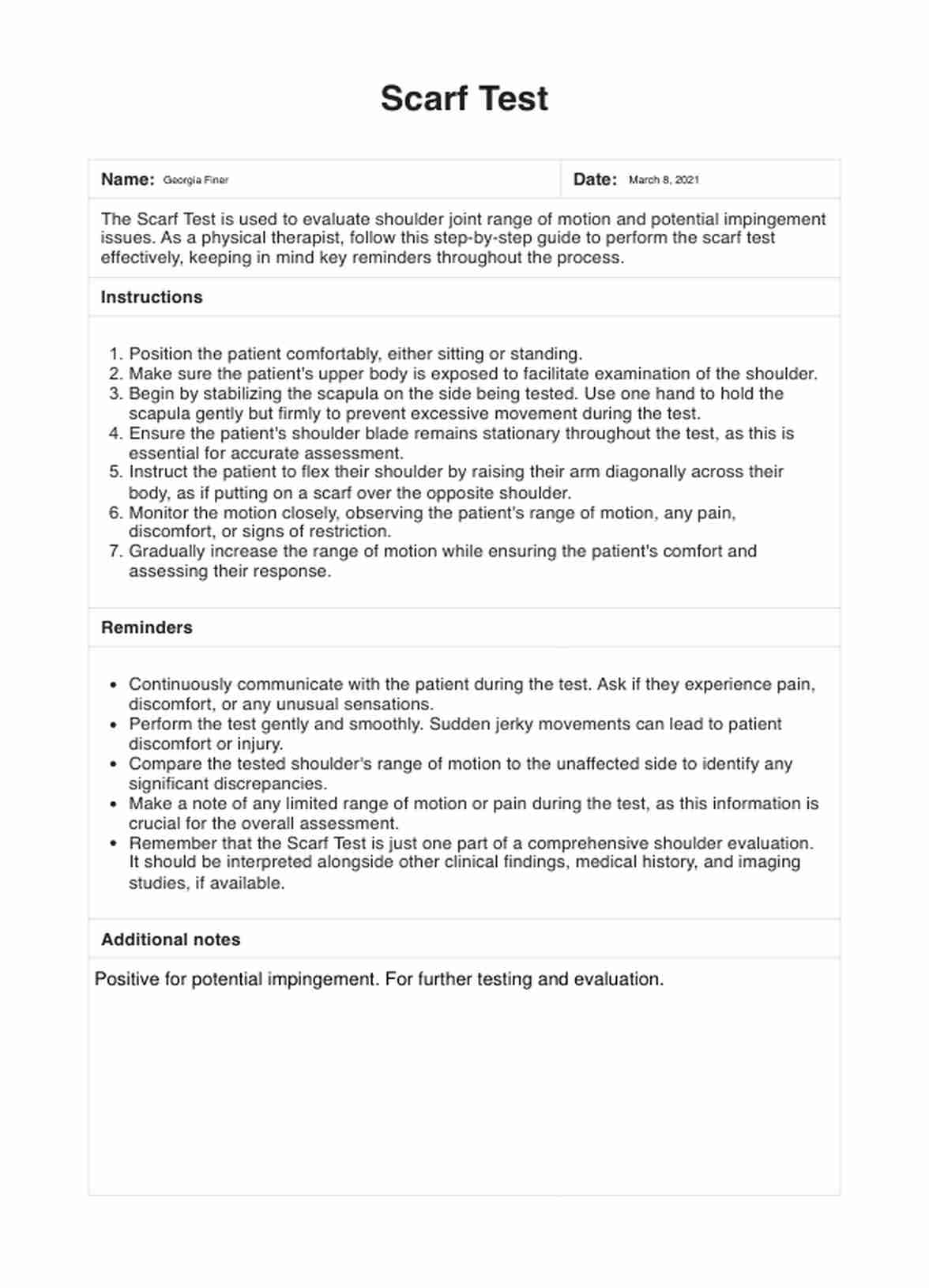

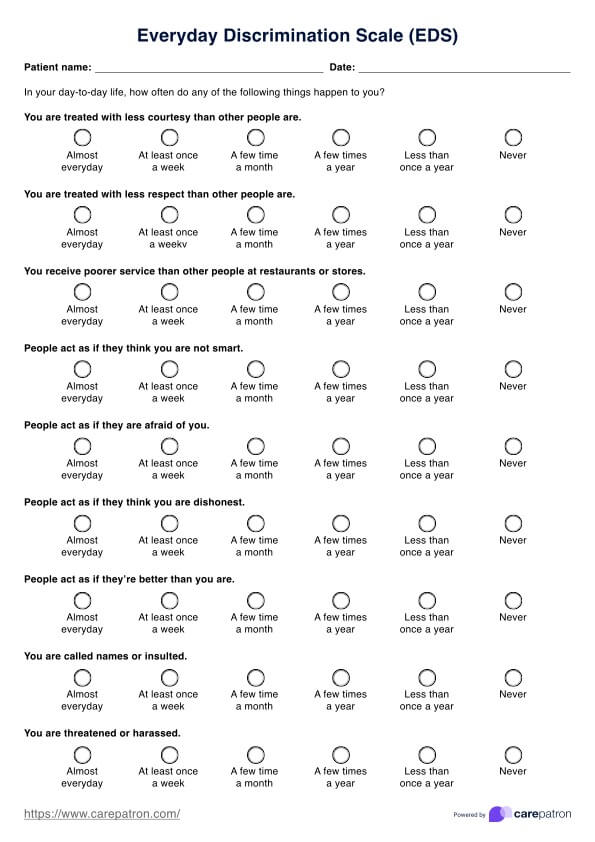
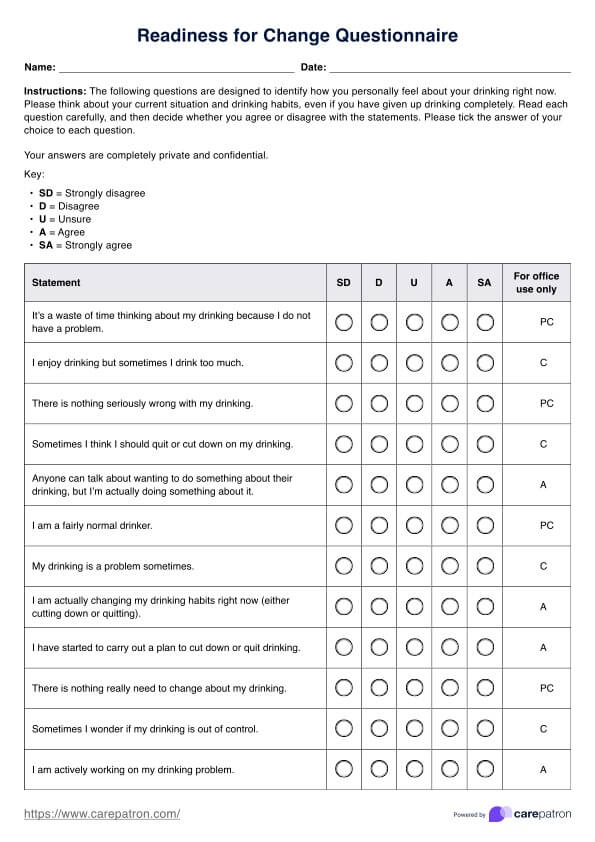
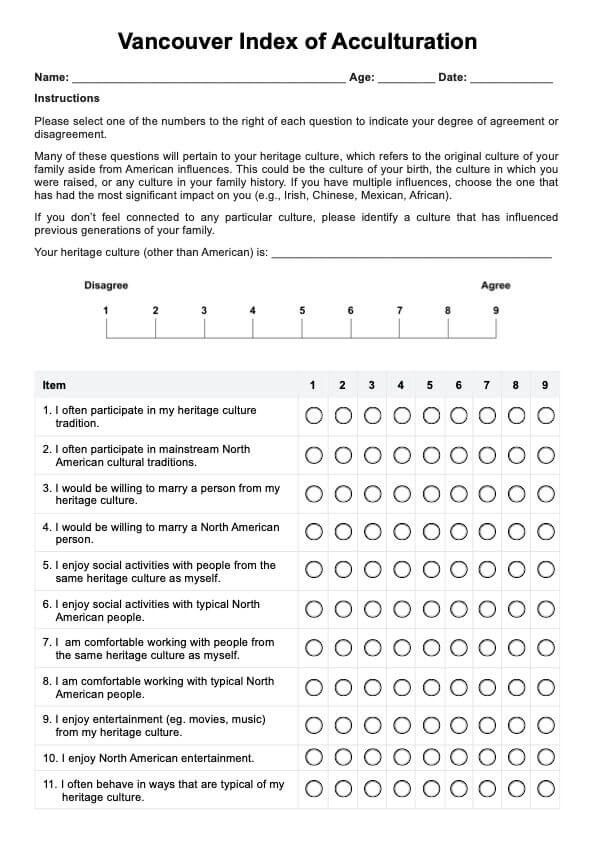









-template.jpg)


















